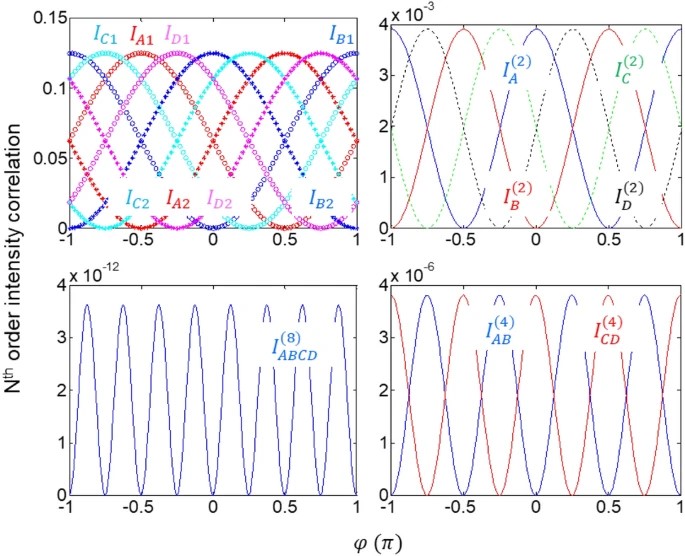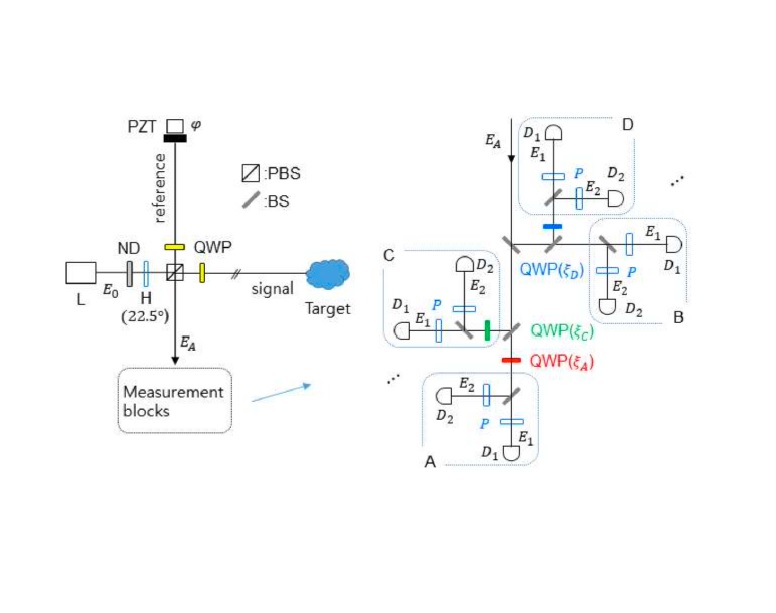2024.05.23
- Professor Byoung S. Ham, a distinguished scholar in the field of quantum memory, established a general-purpose theory of expansive and macroscopic ‘superresolution quantum sensing’ based on ‘phase-controlled quantum eraser’...
It is also compatible with classical technology
- Laying the foundation for scientific understanding of the mystery of ‘quantum entanglement’... Expected development of quantum information technology leading to the development of super-resolution quantum sensors, published in the international academic journal “Scientific Reports”
The Gwangju Institute of Science and Technology (GIST, President Kichul Lim) announced that Professor Byoung S. Ham of the School of Electrical Engineering and Computer Science, a leading researcher in the field of quantum memory, has established a universal theory of macroscopic "ultra-resolution quantum sensors" that overcomes the limitations of resolution, a drawback of existing quantum sensing, and has the scalability of a new concept that is compatible with classical sensors.
Since quantum information is based on nonclassical light (particle theory), it has limitations in being incompatible with existing information processing devices. The super-resolution quantum sensing theory of this study is based on the wave nature of the particle-wave duality of quantum mechanics, so it is compatible with all existing interferometer-based sensors.
In addition, while improving resolution is a major key to the development of quantum information technology, the resolution of existing quantum sensing was at best less than N=20, but this research succeeded in expanding it to virtually infinity.
‘Super-resolution quantum sensing’ is about ‘super-resolution’* that overcomes the limitations of diffractive optics, and it is the only quantum technology that can replace existing interferometer-based sensors.
It is applied to almost all interferometer-based sensors, including spectrometers, wavelength meters, astronomical/bio/medical imaging, radar, and lidar.
'Super-resolution quantum sensing' using lasers, like conventional interferometric optical sensors, is a completely different approach to quantum sensing based on non-classical optics, which is based on the neutral wave nature of the particlewave duality of quantum mechanics, i.e., coherent optics, and is therefore compatible with conventional optical sensors but not compatible with the 'particle nature' of quantum sensing.
At the end of this paper, ‘phase quantization’, which corresponds to particle energy quantization, was introduced to help understand physics, and superresolution was easily explained through a phase basis quantized according to the intensity product.

Super-resolution quantum sensing simulation. Super-resolution sensing simulation results in a typical Mach-Zehnder interferometer: 1st, 2nd, 4th, and 8th super-resolution clockwise from top left.
Professor Byoung S. Ham's recently published 'Quantum Eraser'* succeeded in generalizing N to virtually infinite levels (N>>100), which is beyond the reach of current quantum sensors, by obtaining a general solution of phase-shifting using linear optics for 'super-resolution quantum sensing'.
Professor Byoung S. Ham said, "Only by clearly understanding the measurements that form the basis of quantum mechanics can we scientifically understand the mystery of quantum entanglement. It is expected that the results of this research will ultimately serve as the foundation for quantum information technology that is compatible with currently used classical technologies."
This research was conducted with support from the ITRC Quantum Internet Project and the GIST Research and Development Project of the Ministry of Science and ICT and was published online in the international academic journal ‘Scientific Reports’ on May 21, 2024.
* super-resolution: Typical quantum sensing in interferometers with quantum coherent pairs as the light source, which exhibits an effect of N times the frequency of the interferometer input light source, thus satisfying N times resolution and N times resolution at the same time.
* quantum eraser: One of the mental thought experiments in quantum mechanics, used to demonstrate the wave-particle duality and uncertainty principle of quanta and to reveal how measuring or monitoring their properties affects their behavior.













